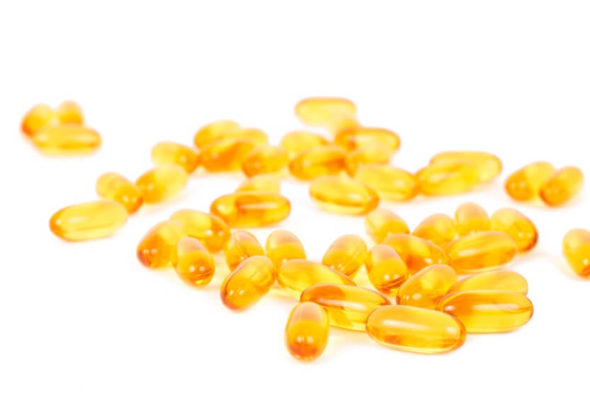What’s the big difference among vitamin E supplements? Most of the time, the vitamin E found in multi-vitamins or alone as supplements is vitamin E tocopherols. These have much different benefits in the body than the vitamin E tocotrienols, found abundantly in products made with Malaysian red palm oil.

Why does this matter? Studies have shown that alpha-tocotrienol is 40 to 60 times more potent as an antioxidant than alpha-tocopherol. Other studies have shown that tocotrienols are beneficial for cholesterol management, maintaining healthy arteries, reducing our risk of blood clots, promoting healthy skin, reducing cancer risk and helping to protecting our brains in case of stroke.
But most people aren’t getting enough tocotrienols from their diet alone to reach the same amounts that are used in these studies. That’s because, except for palm oil, tocotrienols occur at very low levels in foods. For example, there’s as much as 439 mg/1000 mg of gamma-tocotrienol in Malaysian red palm oil. Compare that to 30 mg/1000 mg in oats, or just 19 mg/1000 mg in coconut oil. And soybean oil, safflower oil, peanut oil and olive oil don’t contain any vitamin E tocotrienols!
Nutritionists advise getting the majority of your healthy nutrients through your diet. That includes cooking with Malaysian red palm oil and choosing foods in which palm oil is an ingredient.
Before purchasing a tocotrienol supplement, look for a natural, palm-oil derived tocotrienol product. If minimally processed, it should also contain the other phyto-nutrients found naturally in palm oil. These include phytosterols, squalene and mixed carotenoids, thus offering a “platter” of a natural and wholesome phyto-nutrient complex. Other rice-derived tocotrienols are also available in the market.
Some formulas include additional phyto-nutrients, such as soy isoflavones, Ginkgo biloba, or beta sitosterol. You can also look for a natural palm tocotrienol product combined with a phyto-carotenoid complex. In addition to the full range of tocotrienols, such a product may contain carotene, lycopene, natural palm squalene, and phytosterols commonly found in fruits and vegetables. This type of supplement contains a ratio of carotenes that mirror the carotenoid content found in carrots. A good mix.
Article Source : Palm Oil Health